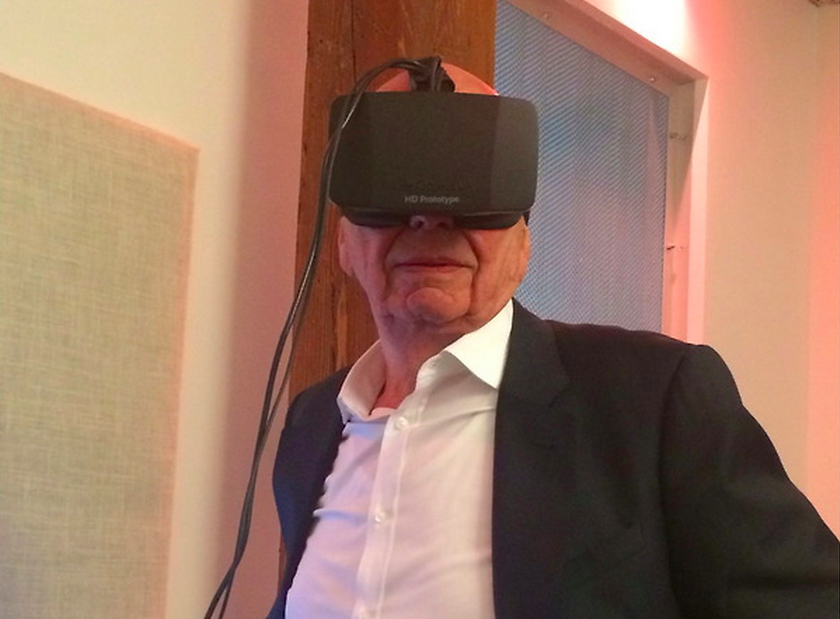Eventually Virtual Reality gear will be as omnipresent as smartphones and people will be cagefighting with Genghis Khan and having sex with promiscuous ghosts. Even if the antisocial mayhem we cause in a virtual realm doesn’t directly harm anyone else, there will be psychological consequences for the individual “living” the experience. It’s important to know more about such ramifications, though any universal standards we set to limit future products won’t likely stick for very long.
From Jack Nicas and Deepa Seetharaman at the Wall Street Journal:
Beyond the common issues facing new technologies, such as whether consumers will pony up hundreds of dollars for another device, virtual reality is grappling with questions about how it affects a user’s body and mind.
The experience can cause nausea, eyestrain and headaches. Headset makers don’t recommend their devices for children. Samsung and Oculus urge adults to take at least 10-minute breaks every half-hour, and they warn against driving, riding a bike or operating machinery if the user feels odd after a session.
Apart from the physical effects, Stanford University professor Jeremy Bailenson says his 15 years of research consistently have shown virtual reality can change how a user thinks and behaves, in part because it is so realistic.
“We shouldn’t fathom this as a media experience; we should fathom it as an experience,” said Prof. Bailenson, who also co-founded Strivr Labs Inc., which helps football players relive practice in virtual reality.
The psychological unknowns are prompting some backers to suggest setting standards for content. “We have to be very careful,” said Alex Schwartz, chief executive of maker Owlchemy Labs. “Scares in VR are borderline immoral.”•
Tags: Alex Schwartz, Deepa Seetharaman, Jack Nicas, Jeremy Bailenson

